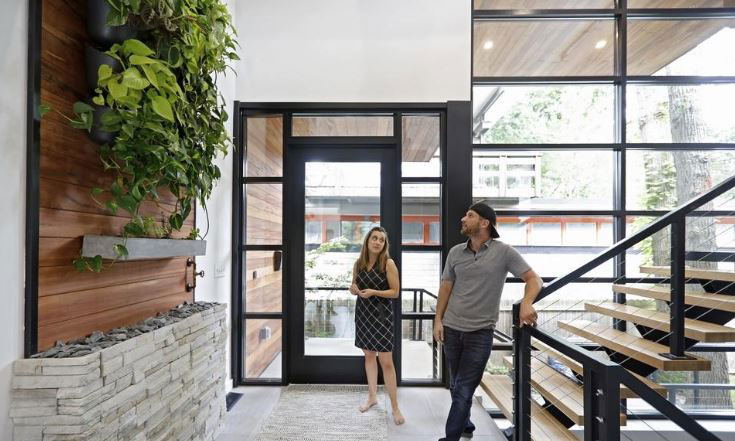Generally, we have minutes to make a great first impression, and in busy environments like display homes, a shop front or even over the phone, it can be difficult to make a great impression and start to build a relationship.
Whether your business strategy is to have a display or a shopfront/office, your premises is the face of your business and as the saying goes, “first impressions are everything”. Consider your client and what they are walking into – how do you greet them, what do they see, and what service do you offer them?
Most builders will hand them a brochure and send them on their way to look at homes with no engagement whatsoever – and that’s your chance to show your point of difference. A few key basic selling skills in this situation can make all the difference.
Showcasing your new homes business
- Engage with the client to make them feel it’s all about them. Instead of just saying “hi” and asking them about what brings them to the display, ask the client on their return, “Tell me one thing you liked and disliked about the home?” This simple approach will help you stand out from all the other sales people.
- In regards to having a place of business – either a shopfront or an office with a colour selections area – be mindful of what the client is seeing. Can the client walk in the area and look around? Can they sit down on a comfortable couch and relax a little? An inviting office and colour selections area will keep your clients there longer, and give you more of an opportunity to engage with them.
- Most of the time when entering into a shop front or display clients do not want to be sold to, however, they do want to buy. It’s the sales consultant’s job to engage with the client – not with a sales focus, but making it more about the client and their wants and needs. Some information needs to be given to the client about your homes and your business, but it should not the main focus within the first 5 minutes of meeting the prospect.
Ask the client to tell you one thing they liked and one thing they disliked about the home. This will help you better understand their wants and needs.
- Be aware of your surroundings; what the client drives, what they are wearing, do they have kids, try and find a commonality to discuss. The simplistic way of opening a conversation regarding a common topic is usually the best way, and a simple hello usually works. A respectful handshake is always a good way to start to both parties if it is a husband and wife, however, be mindful in some cultures a handshake can be a disrespectful gesture.
- The first five minutes is critical – find a common ground to talk about which is not about the home, or it might be perceived that all you want to do is make a sale (this will come). Transition quickly in explaining to them what they are about to view, hand out some information, but be very careful you do not give them too much information so they need to re-engage with you and leave.
- It’s always best to make sure when first engaging with a client in a display home or a shop front remember that the prospect does not want to be sold to; they have every intention of buying, but they just need a sales consultant to reassure them that they have made the right decision. The first decision of buying is always made within the first five minutes of meeting each other, so getting to know the prospects as people and what type of lifestyle they live is imperative, having a conversation regarding their lives and lifestyle as opposed to what type of house they want and how much they want to spend is more important than the detail of the home. Show the client that they are a person and not another sale.
Building and having a relationship with your prospects is a very important factor in closing the deal.
- Engagement at the first instance means to start building a relationship with your prospects. Building and having a relationship is a very important factor to closing the deal. People buy from people they trust, and trust is built by having a strong relationship with the client. A relationship is started by understanding the clients’ lifestyle – from there, work and personal life will start building a relationship as the client and the consultant will find commonalities to discuss. Finding a common ground to talk about starts to break down the barriers and trusts starts to build.
If we understand that buying a new home for a lot of clients is an emotional purchase, and the biggest purchase of their lives, having a relationship will make this type of purchase easy and without stress.

